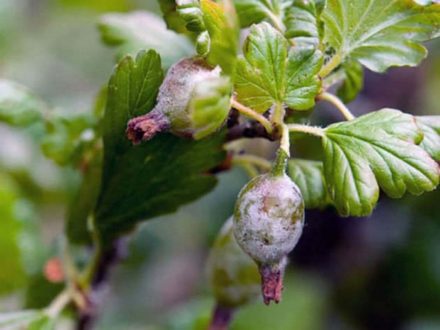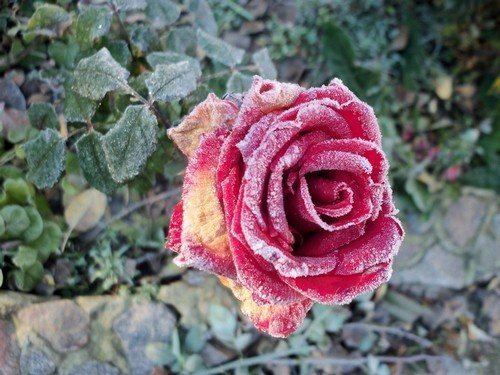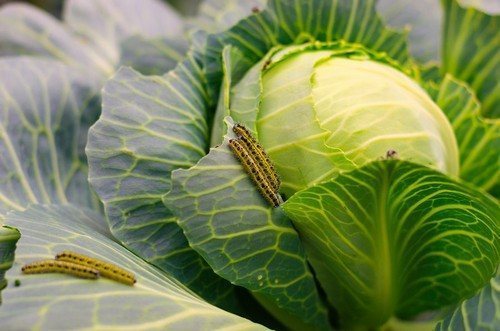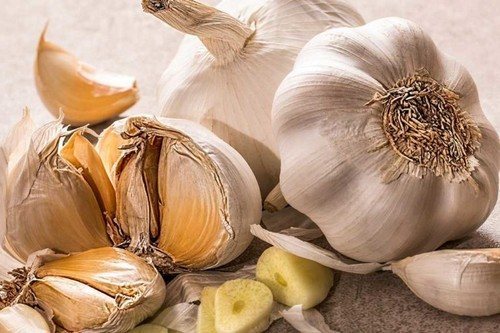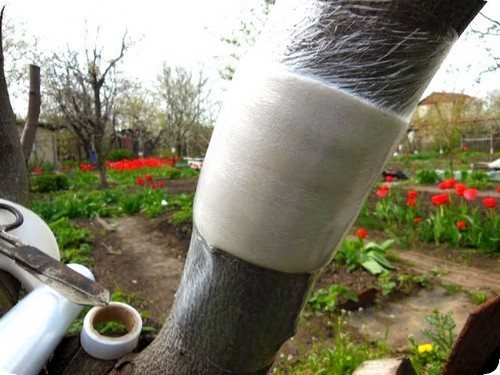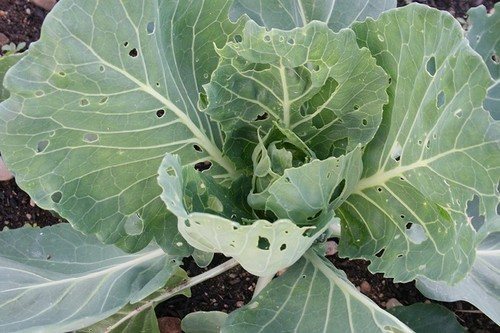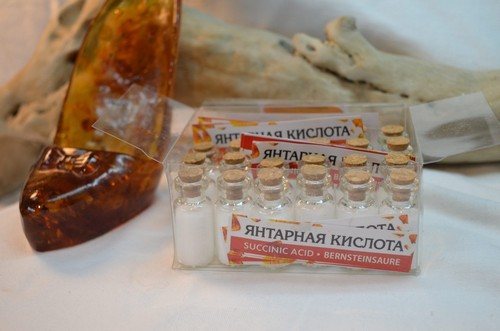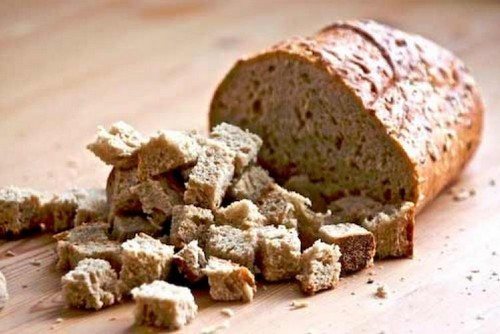In the spring, when young shoots of gooseberry bushes begin to grow, they begin to be attacked by pests and diseases. Sometimes gardeners notice with annoyance that a peculiar coating appears on the stems. Young stems look as if someone dusted them with flour.
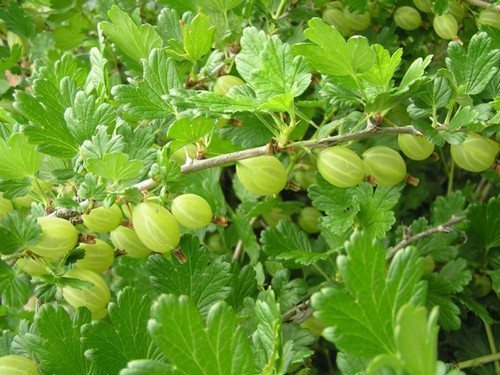

The white layer on the leaves is the mycelium, the habitat and development of spores of pathogenic microorganisms. Its presence indicates that the gooseberry is overcome by powdery mildew.
Signs of infection
The mycelium of the fungus captures the leaves, tops of shoots and fruits of gooseberries with the onset of summer. The peak of the invasion is in June. It occurs in hot humid periods, when the air temperature is at the level of +16 - +25 °C. Pathogenic microorganisms multiply both in dry weather and during the rainy season. Gardeners living in different climatic conditions are faced with the infection: in arid areas and in regions with frequent heavy rainfall.
- In addition to the appearance of a whitish powdery substance on the foliage, other undesirable signs can be noticed:
- the formation of new tissue at the growth points stops;
- the affected areas of the bush become woody;
- bark is formed;
- the leaves turn yellow, curl, become like felt, then dry out;
- the ovary suffers;
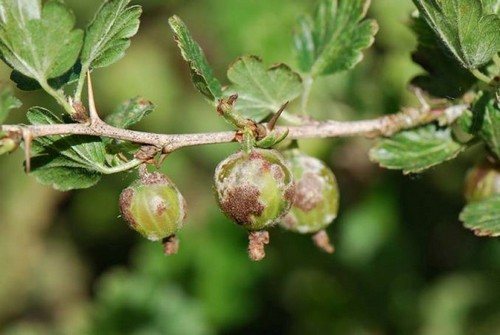
8 tips for preparing the garden for winter
To prevent gooseberries from being affected by powdery mildew, you need to follow the rules of care.Powdery mildew on gooseberries: 6 ways to fight without chemicals:
- Skip to content
- Wash
- Ironing
- Stains
- Cleaning
Things
PestsTechnique
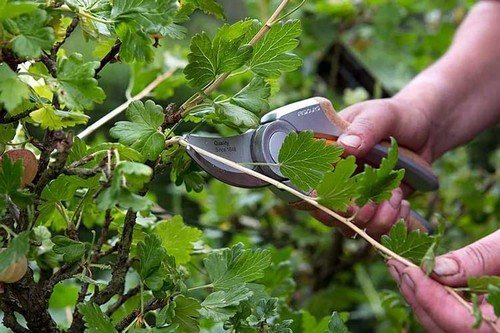
Storage
Dishes
Garden
Adviсe
Powdery mildew on gooseberries: 6 ways to fight without chemicals
In the spring, when young shoots of gooseberry bushes begin to grow, they begin to be attacked by pests and diseases. Sometimes gardeners notice with annoyance that a peculiar coating appears on the stems. The young stems look as if someone has dusted them with flour.

The white layer on the leaves is the mycelium, the habitat and development of spores of pathogenic microorganisms. Its presence indicates that the gooseberry is overcome by powdery mildew.
The mycelium of the fungus captures the leaves, tops of shoots and gooseberry fruits with the onset of summer. The peak of invasion occurs in June. It occurs during hot, humid periods when the air temperature is at +16 - +25 °C. Pathogenic microorganisms multiply both in dry weather and during the rainy season. Gardeners living in different climatic conditions face the infection: in dry areas and in regions with frequent heavy rainfall.
In addition to the appearance of a whitish powdery substance on the foliage, you can notice other undesirable signs:
the formation of new tissues at growth points stops;
the affected areas of the bush become lignified;
a crust is formed;
the leaves turn yellow, curl, become felt-like, and then dry out;
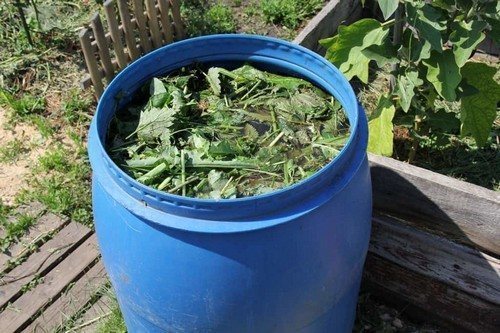
small dark marks appear on the berries, which become unsuitable for consumption.
8 tips for preparing your garden for winter
To prevent gooseberries from being damaged by powdery mildew, you need to follow the rules of care.The best way to fight is preventive measures.
Prevention of powdery mildew


